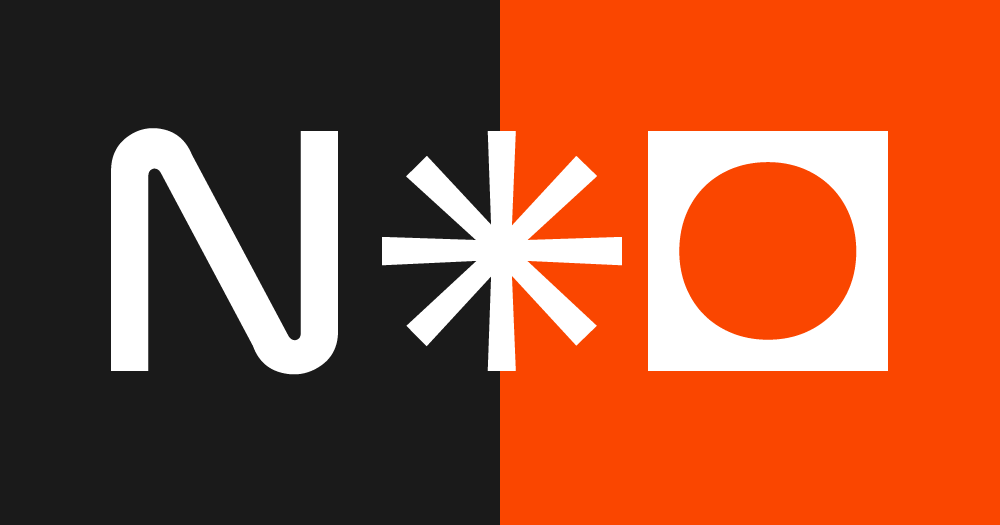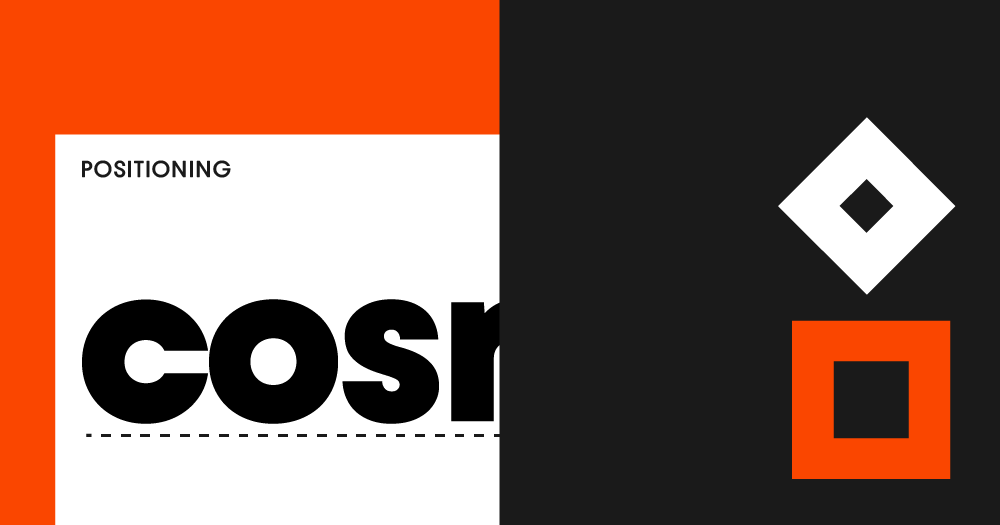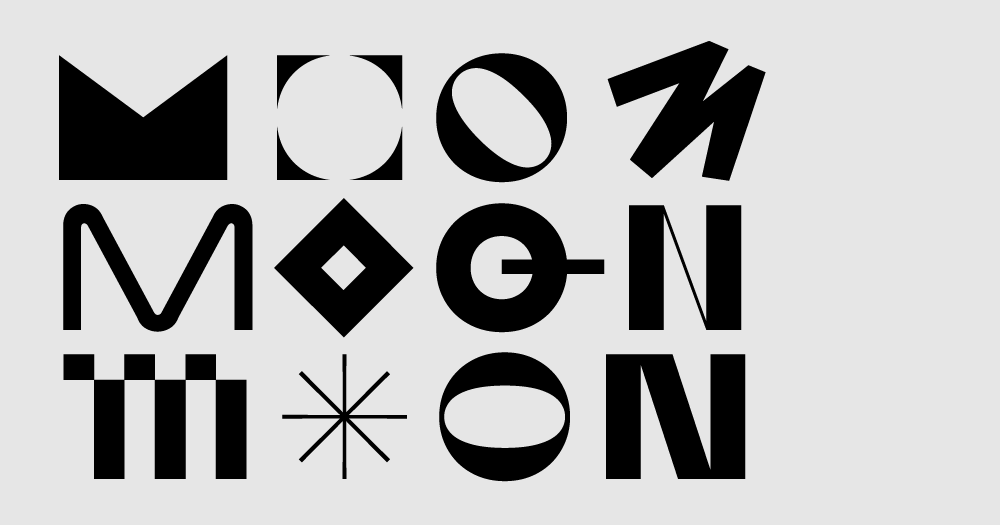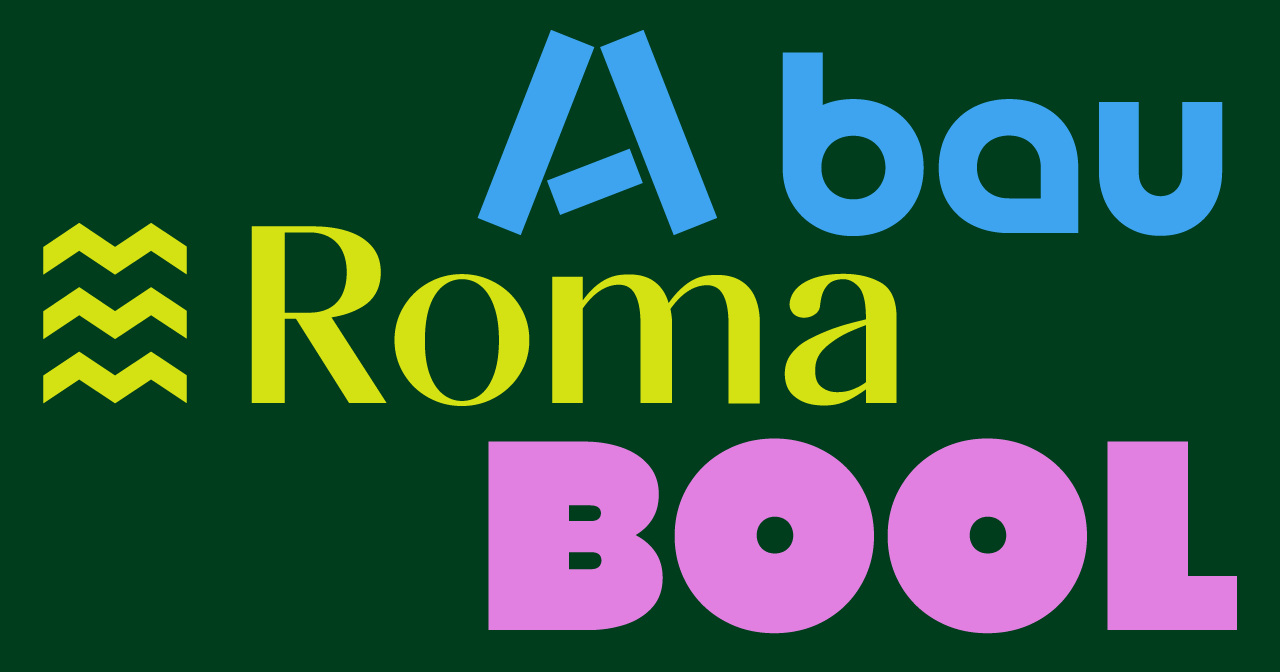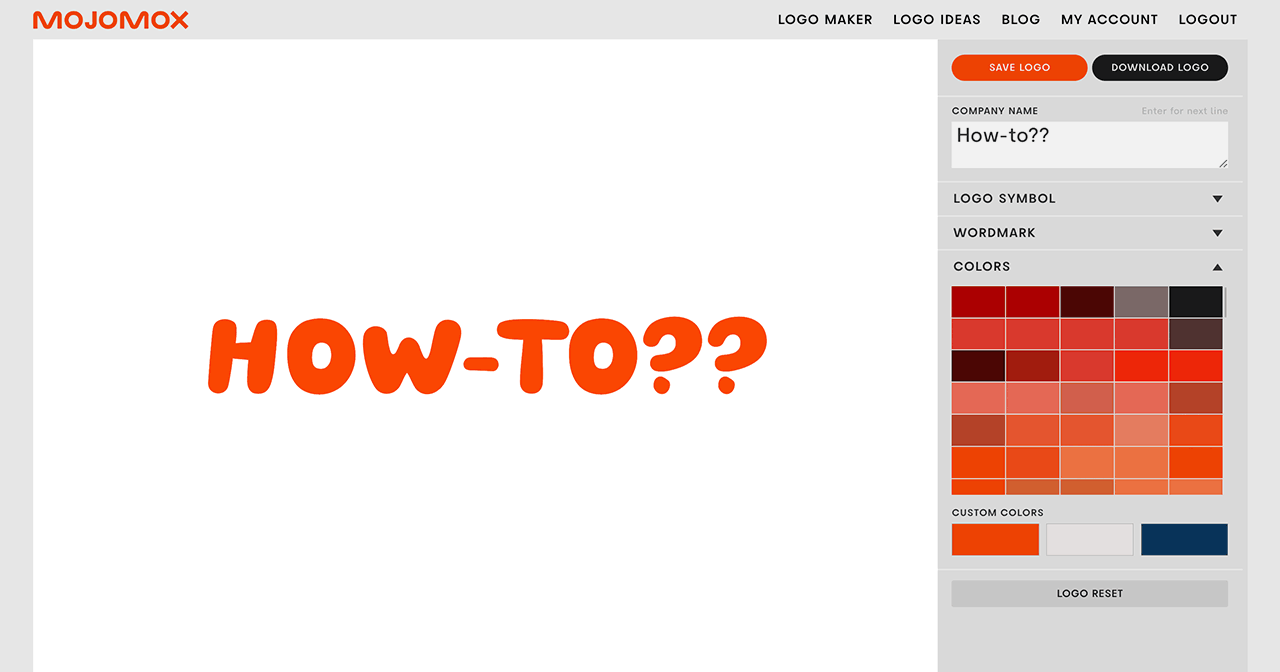How to come up with a brand name

Brand names in context
First and foremost, a name doesn’t come alone. There will be contextual elements like a tagline, a logo, and a color palette that are used on a variety of components, like the top visual on a website, or a headline on an ad. All of those can be filled with words and visuals that reflect a company’s strategy. A name, however, is a central and the longest-standing of all brand components.
Get help from a naming professional or find a name yourself. The following principles are good rules for how to name a brand.
The most important aspects of your strategy, your product (what it is), what does it stand for (positioning), who’s it for (target market), need to get across clearly in the most important brand modules: the name, the logo and a tagline.
B2C brands focus on names that show personality, culture and positioning. Common names are Apple (easy and obtainable), Nike and Audi. Brand names do not have to be connected to the actual product, although they certainly can be (think Netflix and Aesop).
Examples for how to name a brand
The more unknown the company or product, the more direct those aspects need to be laid out in branding communications.
Example 1:
Name: Twitter (product: chatter, news)
Tagline: It’s what’s happening. (positioning: real and now)
Product in one sentence: From breaking news and entertainment to sports and politics, get the full story with all the live commentary. (target market: for news and entertainment readers that look for a variety of opinions)
Example 2:
Name: Starbucks, originally known as Starbucks Coffee Company (product: coffee)
Tagline: More than just great coffee. (positioning: great atmosphere and people)
Website images and copy: Employee photos are in the foreground. Alongside copy that describes values: “not only celebrated coffee but also connection. We’re a neighborhood gathering place, a part of your daily routine. Get to know us and you’ll see: we are so much more than what we brew. We call our employees partners because we are all partners in shared success. We make sure everything we do is through the lens of humanity—from our commitment to the highest-quality coffee in the world, to the way we engage with our customers and communities to do business responsibly.” (target market: for people that seek community)
Domain availability for brand names
At the beginning of the naming process, looking up domains that are available can be helpful. It finds competitors as well. If the domain name is not available, an additional industry identifier can be pre or appended, like –books for a bookstore or –foods or eat– for any food-related brands. Think zolabooks.com.
Broad terms like Solutions should be avoided due to lack of meaning (words that can be used by everybody don’t add meaning). Dot-com for companies or dot-org domains for nonprofits remain strongest and are preferred in the U.S.
A name should fit broadly into the field of its peers (read: stand out the right way). It should be easy to remember, have no complicated spelling (or a well-considered or user-tested alternative spelling), be pronounceable in one way only* and it should be ownable within its industry.
Acronyms and founders’ names
Usually, good names are shorter, otherwise, they’ll get abbreviated naturally later into an acronym. Think KFC, A.T. & T. and P&G. A name sometimes consists of two or three compound words—the words themselves and their first letters need to make a good combination. SS will always have a bad connotation in some countries. No matter how hard one tries to prohibit the usage of monograms, eventually, these letter combos will make their way into file names, into favicons or other collapsed logo versions, into code, especially used when the product is a technical product where truncated versions occur naturally.
B2C brands focus on names that show personality, culture and positioning. Common names are Apple (easy and obtainable), Nike and Audi. Brand names do not have to be connected to the actual product, although they certainly can be (think Netflix and Aesop), but an appendix can be added that has the potential to be dropped when a brand is well-known. Think Starbucks Coffee Company vs. Starbucks. Short/ fun/ cool/ approachable/ memorable/ indicative trumps logical and longer. Think Hulu, Kodak, Etsy, Mars, 3M, Nest and Sony.
Avoid a descriptive category or common industry-specific keyword name for a company name. Competitors will pick similar ones which will not only make your brand blend in but the chance to position the company is wasted. Read the New Yorker story on EasyMail, MegaMail, and ProMail. Also, descriptive names are harder to trademark and can be impossible to find through Google search.
Founders’ names are considered functional names. Think Dell, Ford and Colgate. Carrying personality and positioning from the start is not a given.
B2B brands often have a more descriptive name; they will get abbreviated and that’s okay. Think UPS, IBM, AWS. The one thing that’s important for B to B names is that they need to have the potential to sound big, or at least not small and definitely not limiting in what services the company sells. Bluecore’s first name was TriggerMail. Triggering an email was how the company started out but other products were added on later.
Name length, industry fit, pronunciation
Longer names, a group of names and compounds naturally have a tendency to sound smaller unless they include (read: own) an important branch or location of the industry. Think Whole Foods, Natural History Museum, American Airlines.
A name should fit broadly into the field of its peers (read: stand out the right way). It should be easy to remember, have no complicated spelling (or a well-considered or user-tested alternative spelling), be pronounceable in one way only* and it should be ownable within its industry. A domain check and a search through the trademark database will be of help, but consulting a trademark lawyer who reviews usage in specific categories, states, national and international use, is money well-invested.
* The former car brand Daewoo turned their unpronounceable name into an ad campaign in 1995. Fage yoghurt still needs to have its pronunciation printed on its packaging. Other names that were created before being tested internationally are Huawei, Renault, Tag Heuer and Moschino. Two Princeton University psychologists have found in a 2006 study that “people are more likely to purchase newly offered stocks that have easily pronounced names.”
Lowercase spelling in logos (think amazon, adidas, citibank and intel, mailchimp, west elm, ebay) makes companies more approachable, casual, younger or shows a focus on tech.
Brand naming trends
Different times, different constraints, different trends. For internet companies, the -ster (Napster, Friendster) started in 2001, “My” happened in 2005 (Myspace), and -fy/ -ly/ -y spiked in 2010 (Bitly, Artsy and Weebly). Vowel-dropping for easier trademarking and domain availability was early to mid 2000s (Flickr, Tumblr, Unbxd, Scribd). The random coupled sandwich names, often using an ampersand as a binder, were mostly found in the fashion industry and they spiked in 2010. Think Rag & Bone, Kit and Ace, Boll & Branch.
Generally, the naming of products (as opposed to the naming of companies) can be more trendy versus classy because they evolve with the market or they have room for a revamp over time.
Spelling, spaces, hyphens
As for many things, classy wins in the long run because it never goes out of style.
Spelling of a brand name within text:
An abbreviated company name should be spelled in all caps, not lowercase. A regular name should be spelled together, the first letter capitalized. A name should be separated by space or by a hyphen if it consists of multiple words, capitalizing each first letter. When compound words are spelled together, there must be only one way to pronounce the compound, if not, it needs separation. A good test for spelling is to insert the name into long- and short-form copy: in the middle of a sentence, at the beginning of a sentence, into a bulleted list, and into a signature. The name needs to have a consistent appearance across all applications and not look awkward (think of an all lowercase brand name at the beginning of a sentence).
Spelling within a logo mark:
Option 1 “Friendly”: lowercase spelling in logos (think amazon, adidas, citibank and intel, mailchimp, west elm, ebay) makes companies more approachable, casual, younger or shows a focus on tech. However, within text (general copy or headlines), brand names should still start with a capital letter (Sell on Amazon; In 2016, Mailchimp announced …).
Option 2 “Timeless”: Leading capital letters, separated by space or hyphen if more than one word is a brand that has grown up and owns its identity: Squarespace, Coca-Cola, Microsoft, The Container Store, Walmart.
Option 3: All caps is another timeless use and often a design decision to give the type a more unified or stronger look. Think IKEA (also spelled in call caps within text), MUJI (spelled Muji within text), ZARA (in text: Zara), COSTCO (in text: Costco), THE HOME DEPOT (in text: The Home Depot), NETFLIX (in text: Netflix).
Option 4: Leading capital letters but no spaces between compounds show unity and strength by keeping an emphasis on the roots of both. Can be typographically less attractive and are harder to remember how to spell correctly: FedEx, McDonalds, RedBull, HomeGoods, YouTube.
Say the name fast, say it slow, say it ten times in a row and see if it rolls off the tongue easily. Word of mouth is the best marketing and people don’t say things they can’t pronounce.
Listing a brand and soundcheck
Not the most important thing but the starting letter is another aspect to consider. Your brand will be listed somewhere alphabetically: as a tech product within a marketplace, in a logo series of partnerships, in a print catalog—the higher the brand shows up the more people will engage with your brand naturally because people see the first section more often.
Bezos renamed his online bookstore Cadabra to Amazon because back then website listings were in alphabetical order. On top, it is said that in those early days people pointed out that Cadabra sounds like cadaver when heard over the phone. Say the name fast, say it slow, say it ten times in a row and see if it rolls off the tongue easily. Word of mouth is the best marketing and people don’t say things they can’t pronounce.
Quick test for brand names
First, test sound and meaning in other languages if another market can be relevant. Second, send the name or three versions of it to ten people from your direct target market. Ask what kind of product they think this is, if the name has a good ring to it and if there are negative associations coming up. There’s no need to pick something that everybody likes, this is simply for checking for irreparable oversights and weighing upsides against downsides.
A good resource for how to name a brand is the workbook by Eli Altman “Don’t call it that.”
To get started with a business logo now, type your brand name into the field below:
